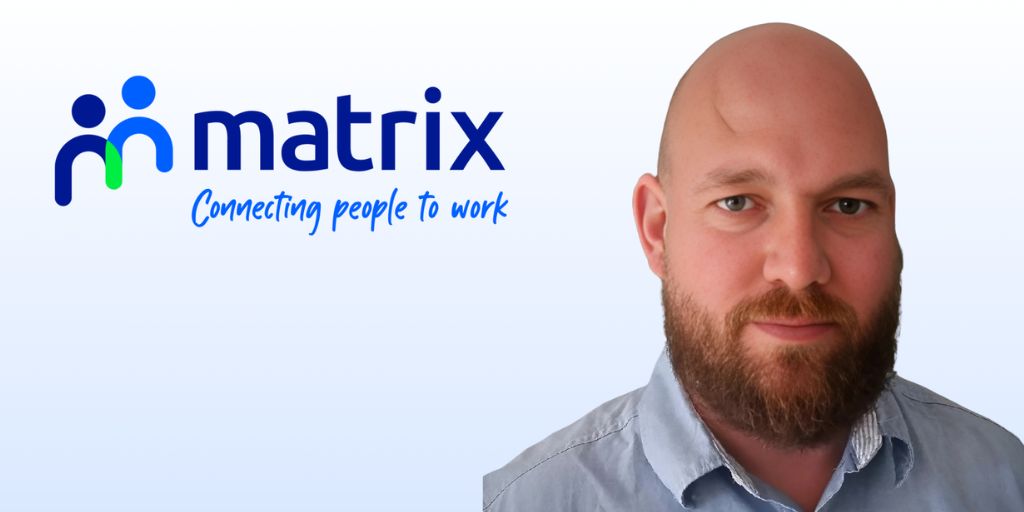
The latest Balancing Act briefing from the Healthcare Financial Management Association (HFMA), developed by Newton, makes for uncomfortable but necessary reading. It paints a familiar picture of NHS finance leaders trapped in “Horizon 0” survival mode constantly firefighting, chasing short-term savings targets and left with little time or bandwidth to invest in long-term change.
The solution isn’t buried deep in the report, it’s staring us in the face. If we’re serious about delivering sustainable transformation across the NHS, workforce strategy must be front and centre. That doesn’t mean incremental tweaks. It means rethinking, fundamentally, how we plan, deploy and empower people across the system.
The first horizon is about dealing with today’s pressures. And let’s be honest, those pressures are immense. Workforce gaps, agency spend, missed targets. The temptation is to default to crisis mode, but there are smarter, faster ways to stabilise.
At Matrix we have worked with Trusts that have radically improved fill rates, reduced avoidable agency usage and surfaced hidden capacity, all by making better use of their own workforce data. Modern workforce platforms can give real-time visibility into where the gaps are, what resources exist internally and how to match skills to demand, not just people to rotas.
This matters not just for efficiency, but for patient care. Better skills alignment means greater workforce stability, less overspend on agency staff and improved care for patients. And it directly supports NHS England’s 2025/26 control totals because you can’t control the cost if you can’t see where it’s going.
We can’t stop at stabilising the present. As both HFMA’s Horizon 2 vision and Labour’s “Fit for the Future” ten-year health plan – announced on 3rd July by PM Keir Starmer and Health Secretary Wes Streeting – emphasise, true transformation lives in prevention, virtual wards, and expanded community-based and neighbourhood health centres. These are not new goals, they’ve been in the policy pipeline for at least a decade, but now they come with fresh funding, structural reforms and digital tools front and centre. Yet none of it hangs together without a robust and agile, skills-mapped workforce.
You can’t build integrated neighbourhood teams with siloed scheduling. You can’t expand rapid response models with rigid staffing structures. And you certainly can’t deliver digitally enabled care with outdated assumptions about who does what, when and where.
This is where the mindset shift really begins. Workforce planning must evolve beyond “cost centres” and toward capability centres. Instead of asking “how many staff do we need?” we should be asking “what capabilities do we need and where can we find them?” Smart workforce technology can support this shift. It doesn’t just schedule people; it helps test new deployment models, simulate outcomes and track value. It gives finance leaders the insight to back innovation with confidence.
Then there’s Horizon 3 – the big one. System redesign. We won’t get there by doing more of the same, just slightly better. We need to ask harder questions such as; do we really need more people, or different roles? Can we deliver better outcomes by rethinking how work is distributed? What does a future-ready workforce actually look like in an integrated care system?
With the right workforce intelligence and skills-mapping, systems can design services around need, not tradition. That opens a more strategic mix of delivery models, from neighbourhood-based prevention to regionally concentrated specialist care. Centres of excellence, in this context, aren’t just clinically valuable – they can be a more efficient way to organise workforce at scale, avoiding duplication and reducing inter-site competition for scarce specialist skills. It’s about deploying the right people, in the right place and designing the system around that capability.
I recently caught up with Neil Guckian, chief executive at the Western Health & Social Care Trust in Northern Ireland. He shared how the region has eliminated more than 90% of off-framework nurse agency spend, cutting over £120 million in less than a year. That didn’t happen through short-term fixes. It happened because all five Trusts worked together, embraced better data and rethought how workforce value is measured and delivered. It’s a powerful example of what’s possible when you lead with intent and it’s exactly the kind of shift the rest of the system needs.
The HFMA briefing rightly challenges the habit of viewing workforce through the narrow lens of unit cost. When we fixate on what people cost rather than the value they create, we miss the full picture. Workforce decisions aren’t just about balancing budgets, they’re about enabling earlier intervention, improving outcomes and reducing the hidden costs of system strain. With the right people in the right roles, failure demand is prevented before it builds, from avoidable re-admissions to delays and inefficiencies. A value-led approach to workforce gives leaders clearer sight of where risks emerge and where opportunities for real improvement lie.
This isn’t just a budgeting exercise. It’s about spending smarter on the people, systems and insights that keep the whole operation running better. Finance leaders have a real chance here. By working closely with operational and workforce teams and investing in the right tools they can drive a shift that’s not just about cost-saving but about unlocking long-term, meaningful transformation.
The bottom line? The workforce isn’t a number to manage it’s the lever that moves the whole system forward.
Author: Andrew Curry, Client Engagement Director for Health and Social Care, Matrix Workforce Management Solutions
SPONSORED POST











